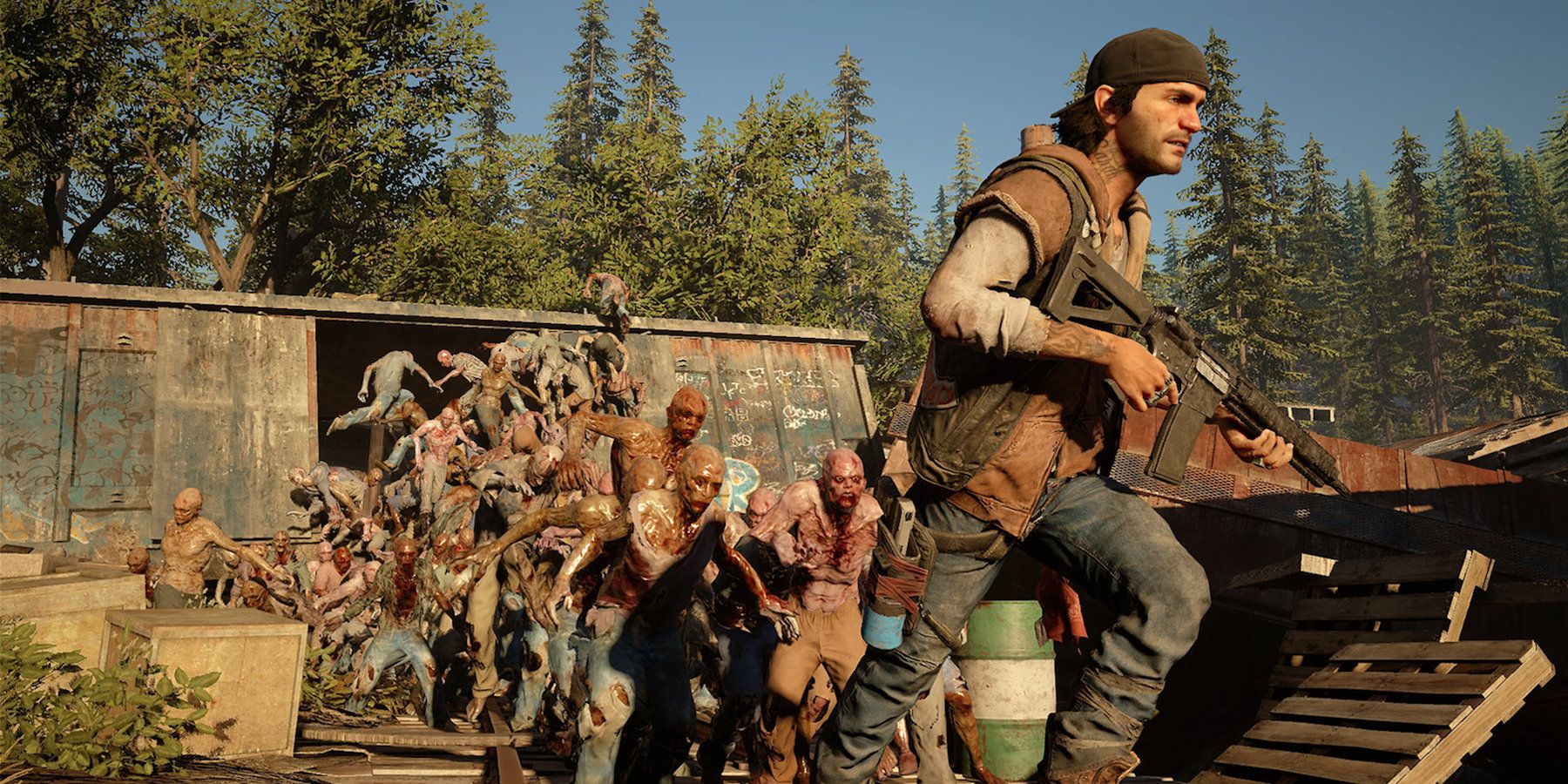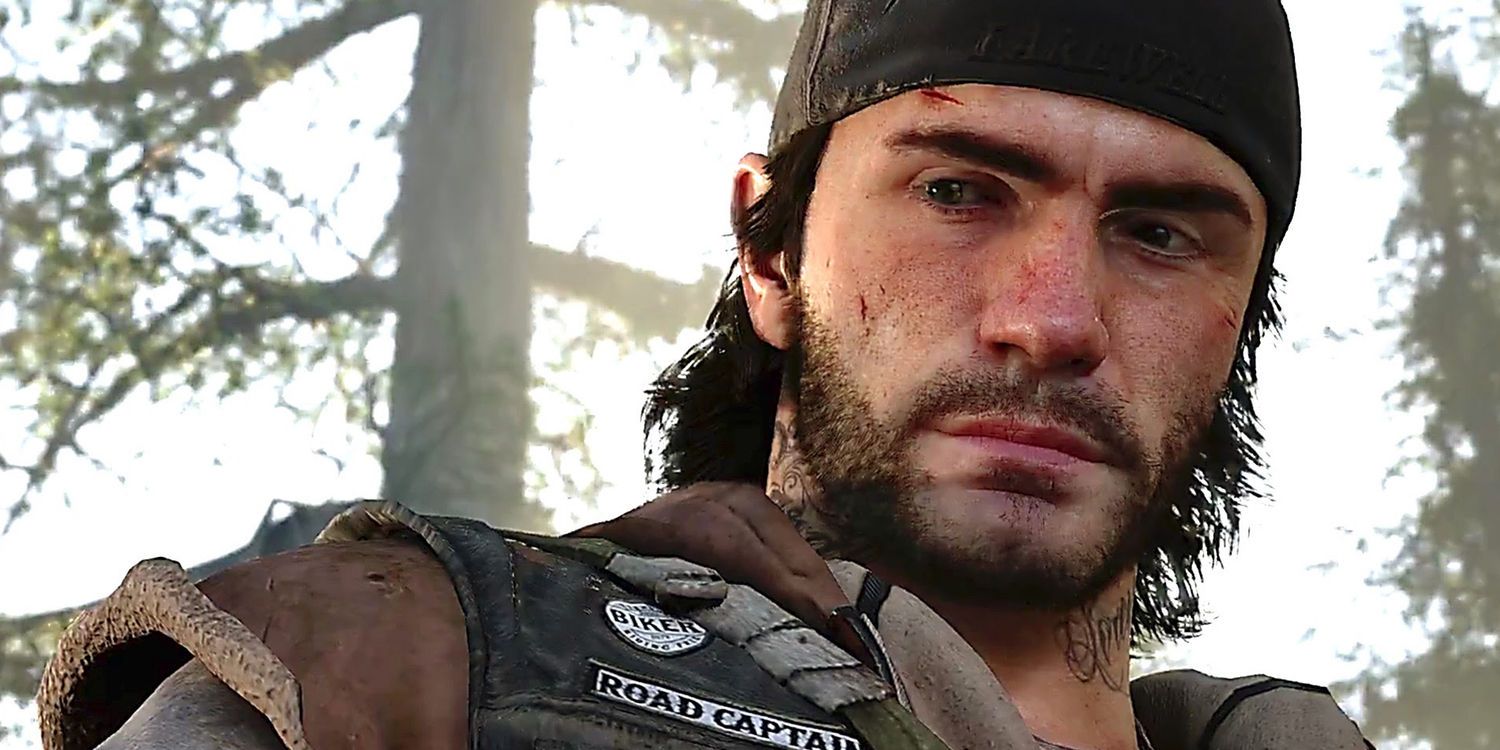Video game writer John Garvin worked closely with Uncharted's Amy Hennig, and she imparted some useful wisdom which came in handy when he went on to work on Days Gone. Before they worked on the highly-anticipated PlayStation 4 game, Days Gone, developer Sony Bend worked on several titles for PlayStation's line of handheld systems. On PSP, they created a pair of Syphon Filter titles (based on the series they created back on the original PlayStation home console), and a spinoff of Insomniac's Resistance series.
When it came time to craft a game for the PlayStation Vita, Bend were selected to create a spinoff of Naughty Dog's hugely popular Uncharted series. While developing on Uncharted: Golden Abyss, writer Garvin worked closely with Hennig, the creator of the franchise and writer/director of multiple titles in the series. During their time working on Uncharted, the team at Sony Bend learned valuable lessons which they would carry forward to Days Gone.
In our recent interview with Days Gone writer/creative director Garvin, the discussion turned to the highly cinematic presentation of the upcoming post-apocalyptic adventure. Unlike most games of just a few years ago, Days Gone makes extensive use of motion-captured animations, particularly during cinematics. Because of this, the casting of real actors was more important than ever. To that end, Garvin cast Sam Witwer as the lead character of Days Gone, Deacon St. John. Witwer isn't just a face to be scanned into a computer and a voice to deliver lines in the studio. He acts out every cinematic like an actor on a stage, and that performance is turned into what players see when they play the game. As Garvin elaborates:
"We knew we wanted screen actors. It's one of the things I learned from Amy Hennig working on Uncharted. That whole process is literally about performance capture, which we had never done before. It's about getting actors on the stage together, interacting with each other. We really needed our actors to have the chemistry with other actors, to collaborate and build the dramatic tension."
In both movies and video games, motion captured performances have been one of the most rapidly advancing technologies in the drama industry. From photo-realistic characters in movies like Avatar or Planet of the Apes, to cutting-edge video games like Uncharted and Detroit: Become Human, characters are becoming more and more realistic because they're being played by actual actors, whose every movement is captured to be displayed in a mass of animated polygons.
Until Sony Bend worked on Uncharted, they had never done extensive work with performance capture, and they had never done voice recording on the motion capture stage. Although it wasn't a mainline Uncharted title, Golden Abyss was praised for how true it was to the cinematic production values of its big brothers, and the game remains one of the underrated PlayStation Vita's most visually striking titles. Without the pedigree they developed working with Hennig on Golden Abyss, it's possible the visual flair of Days Gone would be different from its current state. As it is, Days Gone is shaping up to be one of the most technologically advanced games on the market with regards to its incredibly realistic characters and detailed, motion-captured animations.


